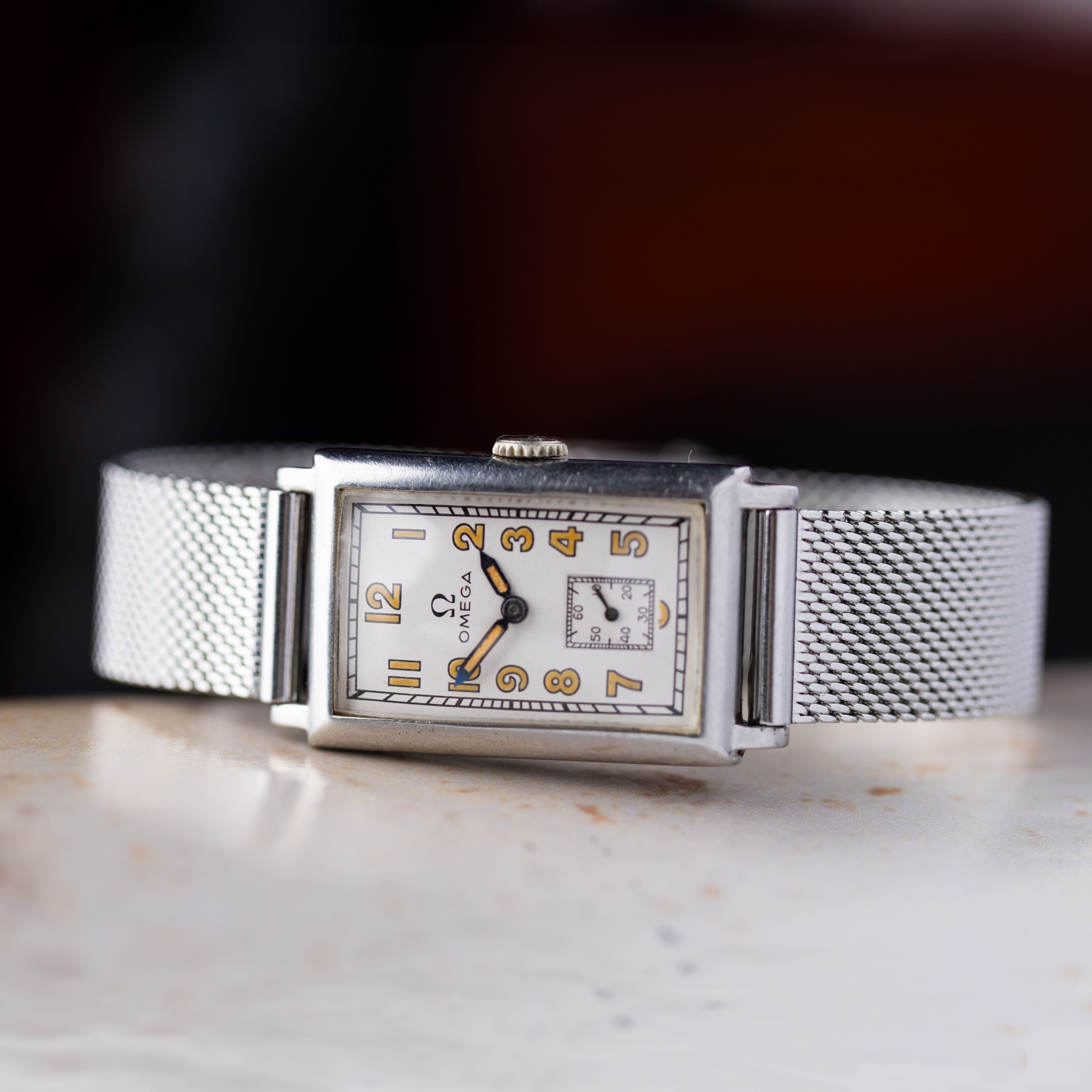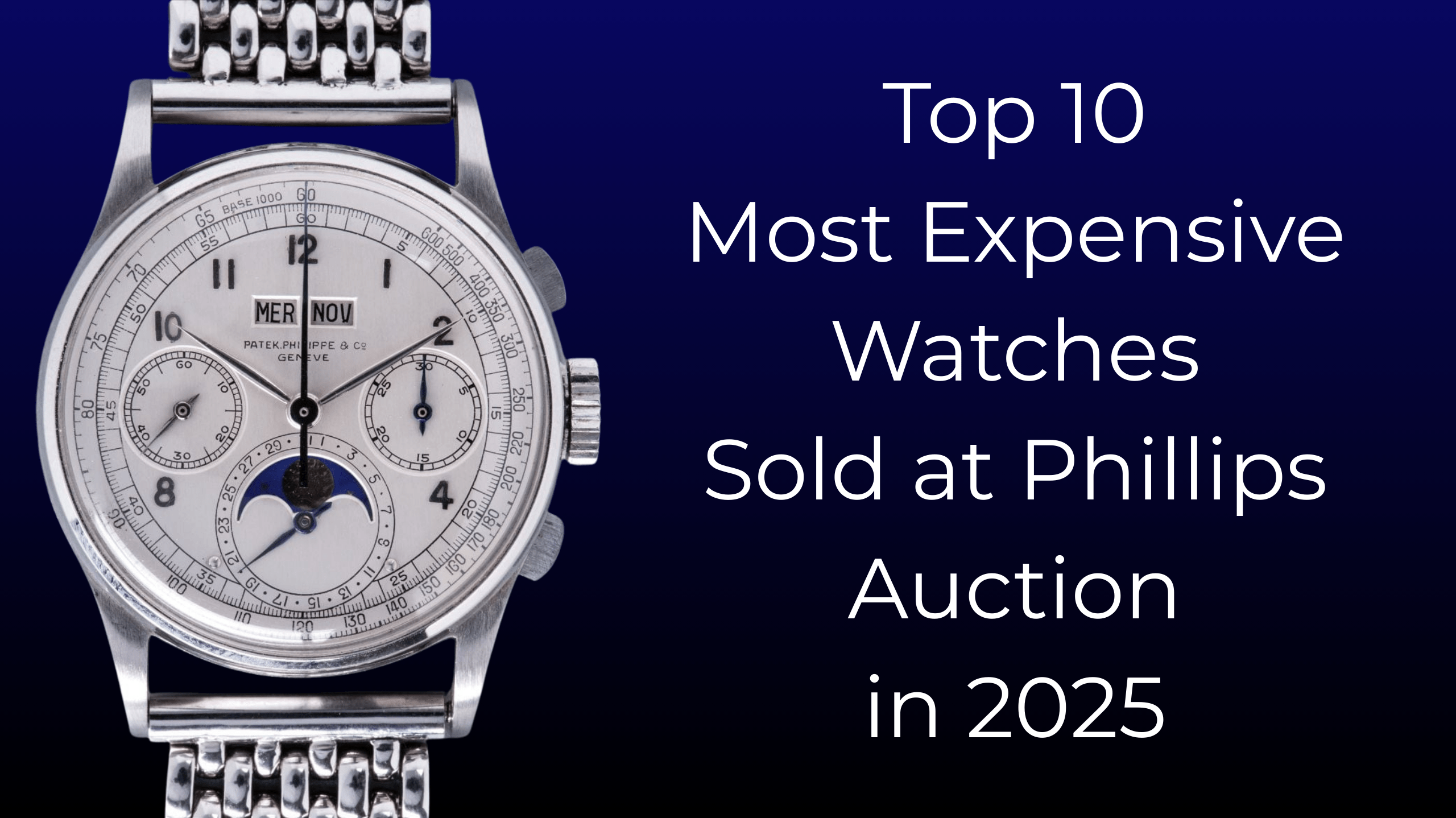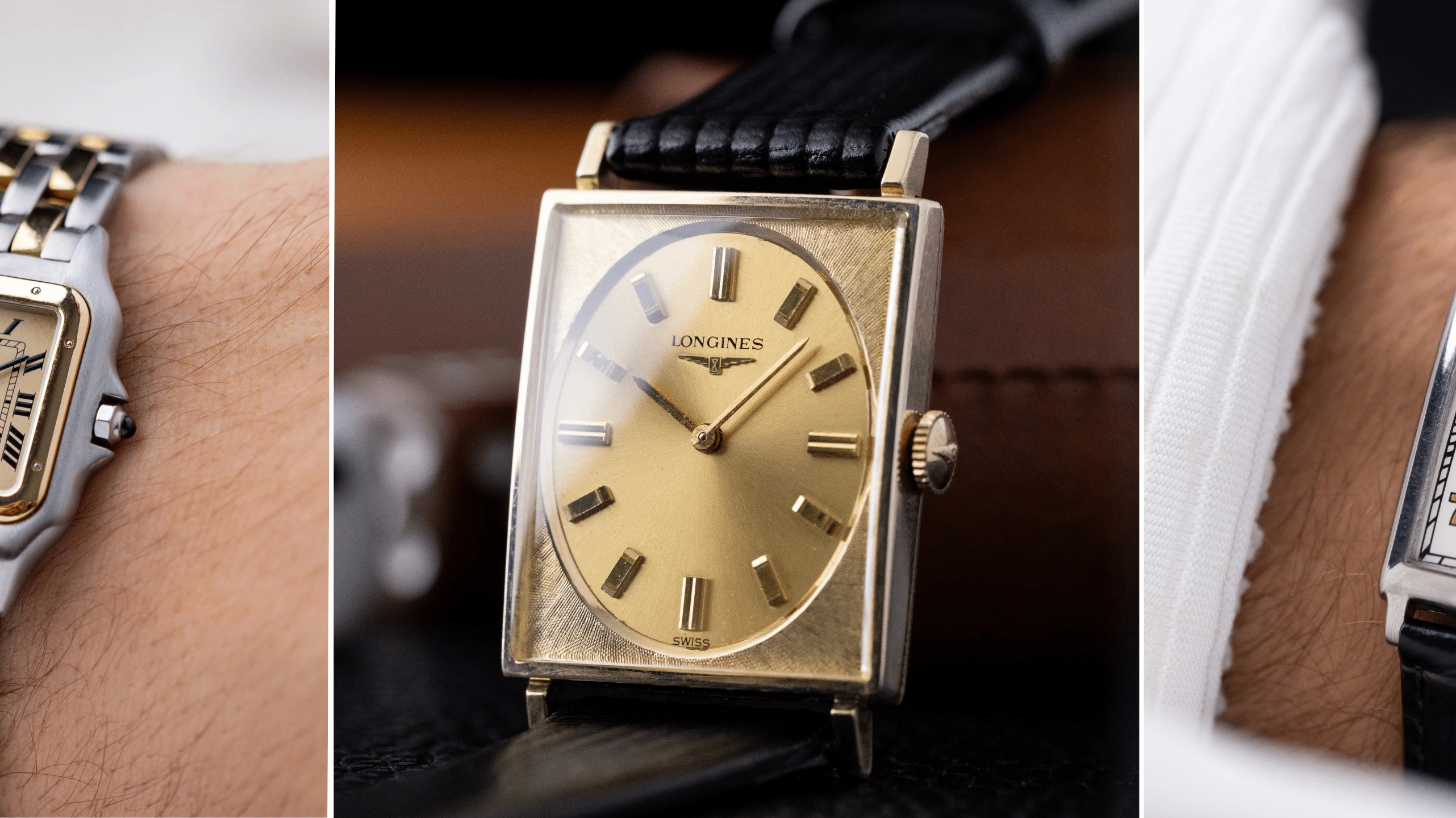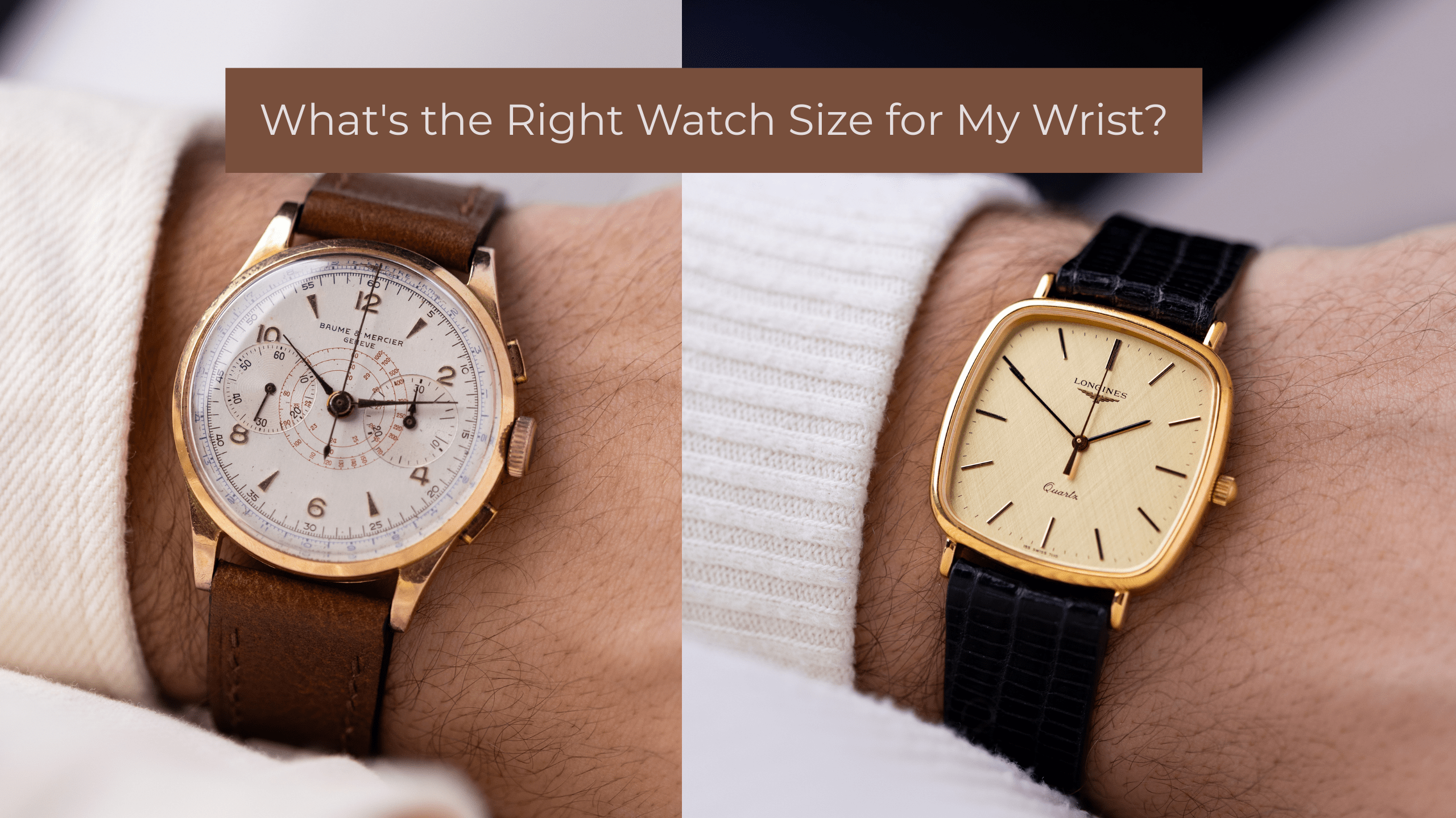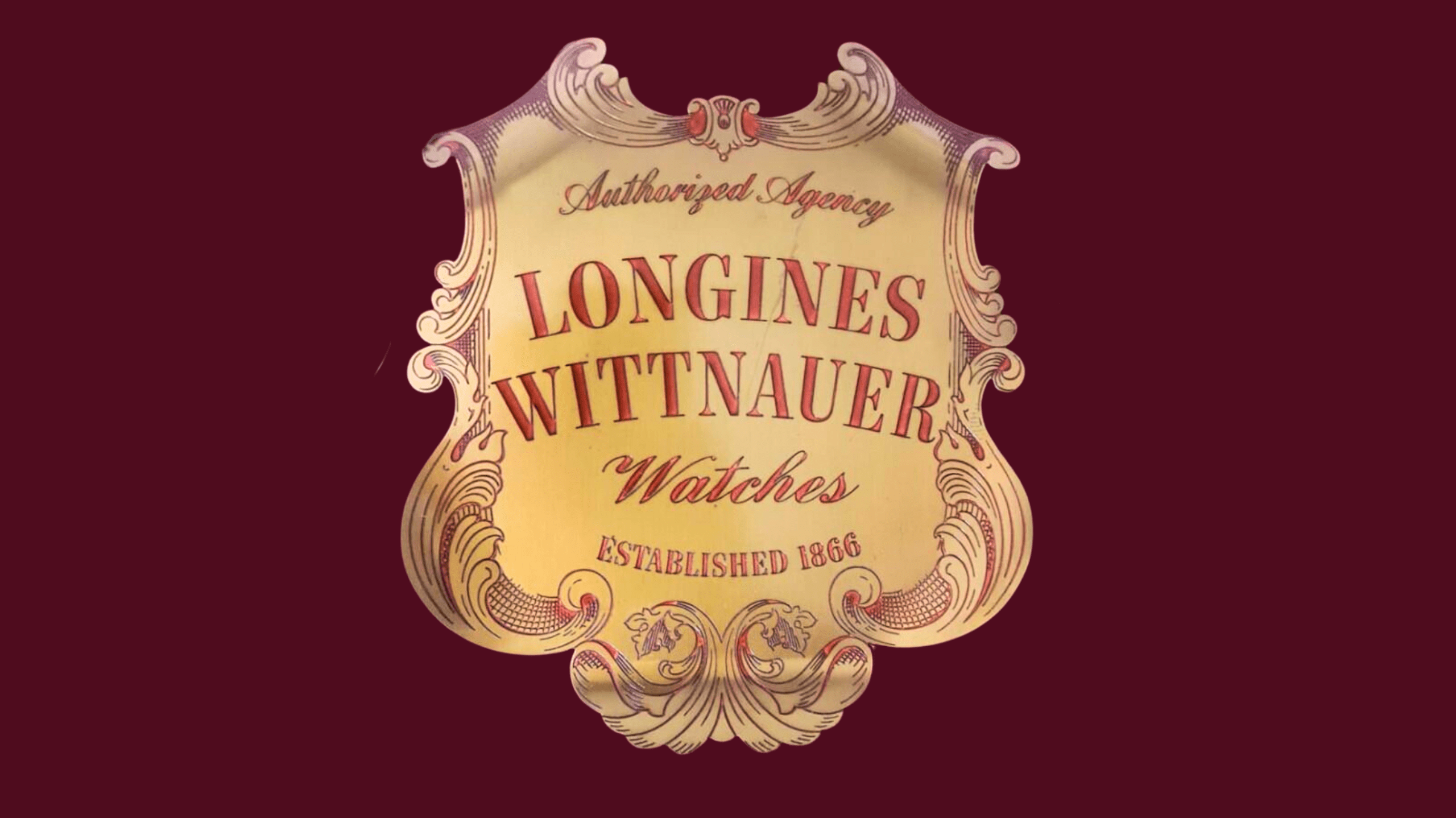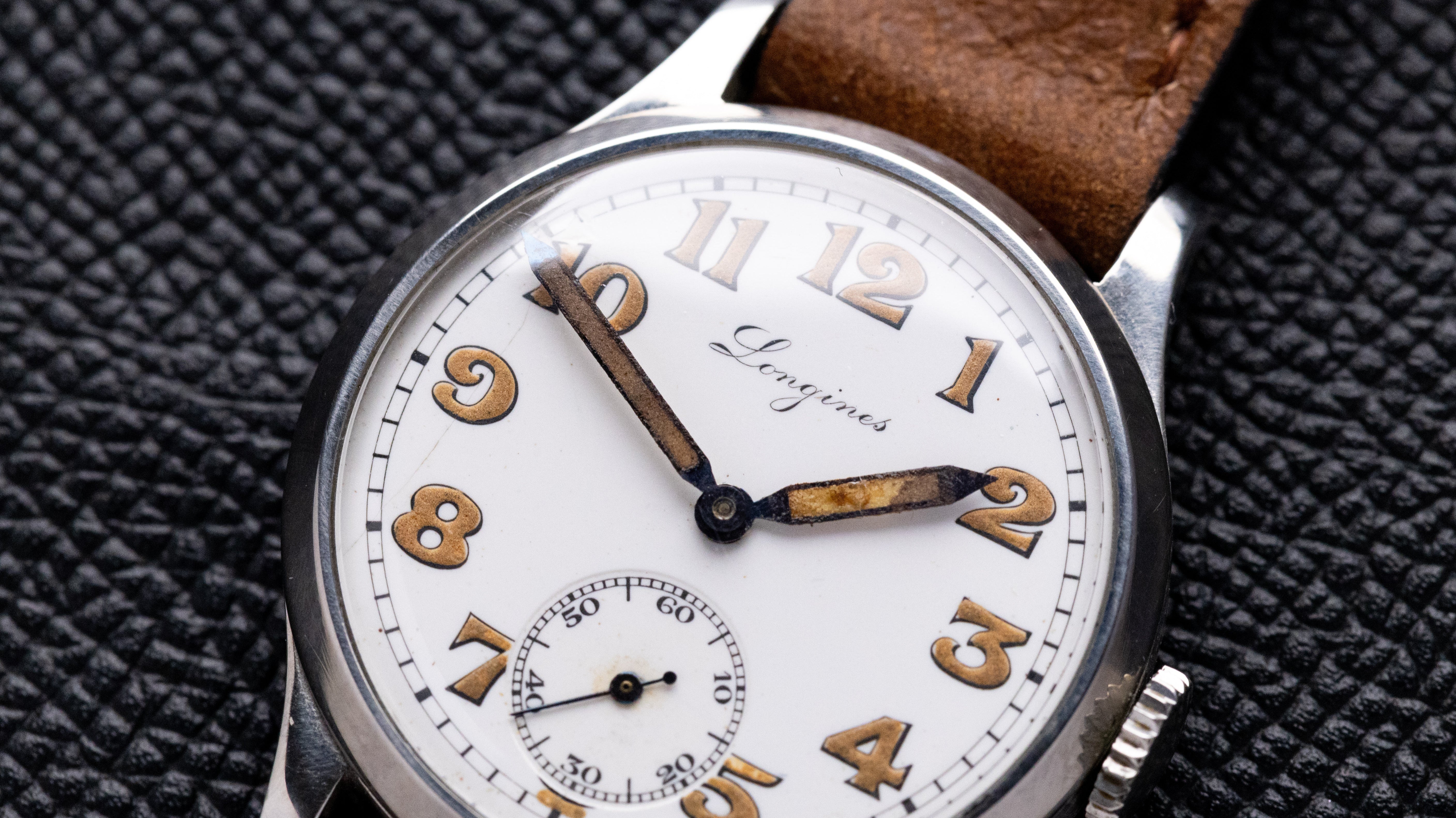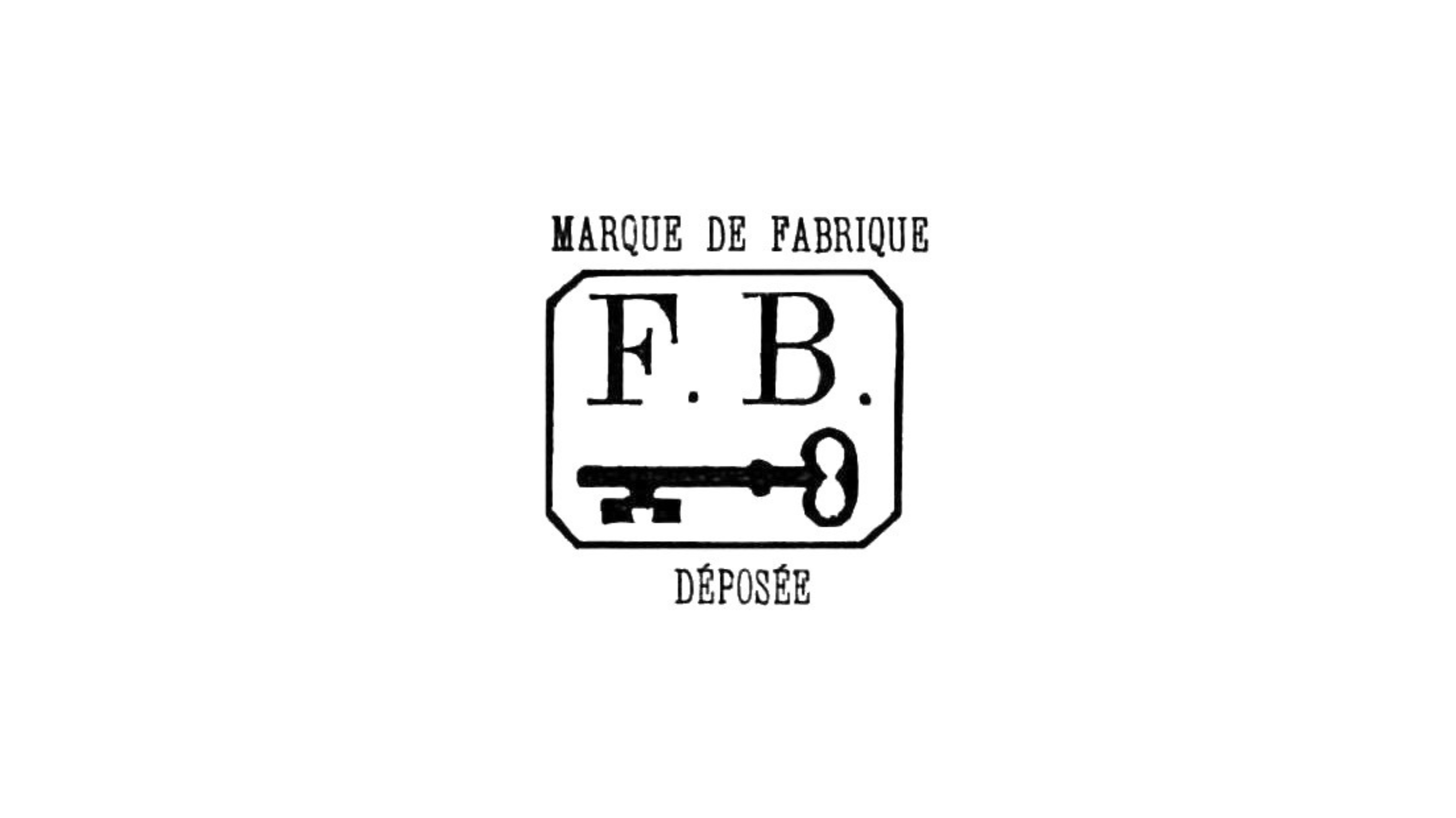Formula 1 and Luxury Watches: A Perfectly Timed Partnership
In Formula 1, timing isn’t just important—it’s everything. Races are won and lost in fractions of a second. So it’s no surprise that the world of luxury watches, built on precision and performance, has had a strong connection to the sport for decades.
This bond started in 1969, when Heuer (now TAG Heuer) became the first watch brand to appear on an F1 car, driven by Jo Siffert. Since then, nearly every major team has had a watch sponsor. Rolex took over as F1’s official timekeeper in 2013, and in 2025, TAG Heuer will reclaim that role in a $100 million-per-year deal. These partnerships reflect how well F1's high-speed, high-tech image fits with the values of fine watchmaking.

But the connection goes beyond logos and sponsorships. Both Formula 1 cars and luxury watches are feats of engineering, made to work with precision under extreme conditions. Early F1 drivers used mechanical chronographs to track lap times before electronic systems existed. That’s why the chronograph became one of the most iconic watch complications. In fact, Omega’s Speedmaster from 1957 included a tachymeter on the bezel so drivers could quickly calculate speed.
Today, many watches borrow from racing design—using carbon fiber, rubber, or even fabric from driver suits. For example, Hublot’s Ferrari watches were designed like race cars, with the movement acting as an “engine” and the case as the “chassis.” Modern TAG Heuer models for Red Bull Racing feature features like tenths-of-a-second timing, making them both sporty and useful.
Schumacher and Omega: A Champion’s Legacy
Michael Schumacher, one of F1’s greatest drivers, partnered with Omega from 1996 to 2004. During those years, Omega released several limited Speedmaster editions in his honor. The first came out in 1996 and was presented at his childhood karting track in Germany, offered in Ferrari red and yellow dials.

After his third world title in 2000, Omega launched a “World Champion” Speedmaster with a checkered racing motif. Each new title brought a new watch—culminating in the 2004 “Legend” edition, with numbers 1 to 7 replacing the hour markers, representing each of his championships. These watches are now sought-after collector’s items, celebrating not just a career, but an era in racing.
Hamilton and IWC: Style Meets Precision
While Schumacher brought dominance, Lewis Hamilton brought style and modern appeal. Since 2013, he’s worked closely with IWC Schaffhausen as both a brand ambassador and design collaborator. Known for his fashion-forward looks, Hamilton helped IWC tap into younger, more diverse audiences.

His special editions include watches like the 2014 Ingenieur Chronograph with a caseback made from his race car, and a burgundy Big Pilot’s Perpetual Calendar in 2019 inspired by his streetwear aesthetic. In 2023, he co-designed a platinum-cased Portugieser Tourbillon, limited to 44 pieces—his car number—with a vegan strap, aligning with his personal values. Hamilton’s influence has pushed IWC to experiment with bold colors, new materials, and modern messaging.

Fangio and the Birth of the Racing Watch
Juan Manuel Fangio ruled the 1950s with five world championships and helped shape the early link between racing and watchmaking. He often wore a Heuer chronograph, and Heuer’s stopwatches were widely used at races. Fangio’s era laid the foundation for racing watches as essential tools rather than just accessories.

Though less commercial back then, Fangio inspired later tributes. TAG Heuer released limited editions in his name.

Alain Prost and TAG Heuer: The Professor’s Time
In the 1980s and 1990s, Alain Prost, known for his methodical style, won four titles. At the same time, TAG Heuer (newly formed from Heuer and the TAG Group) sponsored his McLaren team. Prost became closely associated with the brand, often wearing its watches during his championship runs.

The TAG Heuer Formula 1 model launched in 1986 reflected that era’s energy—bright colors, sporty rubber straps, and technical design. TAG Heuer honored Prost in later years with limited edition Carreras and even a helmet-shaped clock. Prost rejoined the brand officially in 2011, keeping the connection alive.
Vettel: Quiet Impact with Casio and Hublot
Sebastian Vettel won four world titles with Red Bull in the 2010s. His team was partnered with Casio, making him one of the few champions to wear affordable watches on the podium. Later, with Ferrari, he became the face of Hublot’s racing watches.

Though not a big watch fan, Vettel wore Hublot’s bold Big Bang models at events, typically choosing more subtle versions. He never had a personal edition, reflecting his modest nature. Still, fans remember him for his consistent success—and the watches became part of that story.

Verstappen and TAG Heuer: The New Generation
Max Verstappen, F1’s current superstar, has been partnered with TAG Heuer since 2016 through Red Bull Racing. His first Grand Prix win at age 18 made headlines—and TAG Heuer celebrated with a special edition watch. Since then, they’ve released several Verstappen-themed models, including limited runs that sell out fast, especially in the Netherlands and Belgium.

Verstappen is central to TAG Heuer’s outreach to younger fans. He appears in campaigns, social media content, and even e-sports events. TAG Heuer embraces his bold, calm persona to connect with the next generation of collectors.
Timeless Speed
Luxury watches and Formula 1 continue to fuel each other. Drivers bring personality and prestige; watch brands add engineering, style, and storytelling. From Fangio’s early chronographs to Verstappen’s limited editions, this connection shows that in both racing and watchmaking, every second—and every detail—matters.

